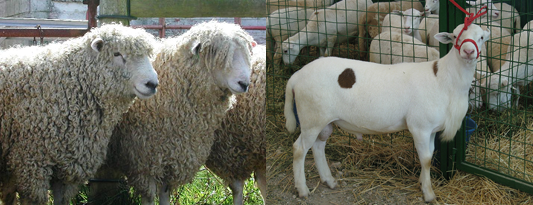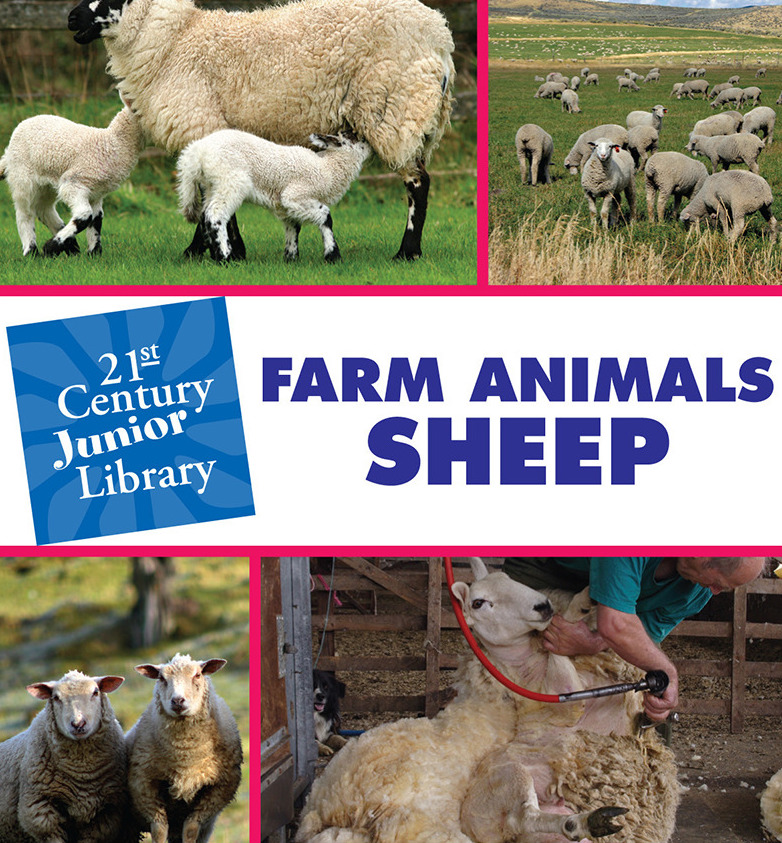Background Agricultural Connections
There are different types or breeds of sheep. Some sheep, such as Dorset, are wool sheep raised for their wool, meat, and/or milk. Wool sheep grow thick wool that needs to be sheared because they do not naturally shed. The wool fiber is used to make yarn, fabric, carpets, and upholstery. Some sheep, such as Katahdin, are hair sheep. They mainly grow hair that sheds naturally and do not need to be sheared. Hair sheep are raised for their meat and milk. Their hair is not suitable for spinning or felting.
The hair sheep breeds make up a little more than 10% of the world's sheep population.1 Hair sheep have a resistance to internal parasites, are fairly tolerant to heat, are good breeders, and forage on weeds and plants that wool sheep and cattle avoid. Hair sheep are not suitable for competitive market lamb shows because they are smaller than most wool sheep and do not produce as much meat per ewe.2 Many view hair sheep to be less attractive than wool sheep. Bred for hot, humid climates, hair sheep tend to not do as well in cold weather as wool sheep.
A common misconception is that hair sheep are a cross between breeds of goats and sheep. This is not true. The primary difference between hair and wool sheep is the ratio of hair to wool fibers. Although both have some hair and wool, hair sheep have more hair and wool sheep have more wool fibers.

 Read Farm Animals: Sheep by Cecilia Minden.
Read Farm Animals: Sheep by Cecilia Minden.